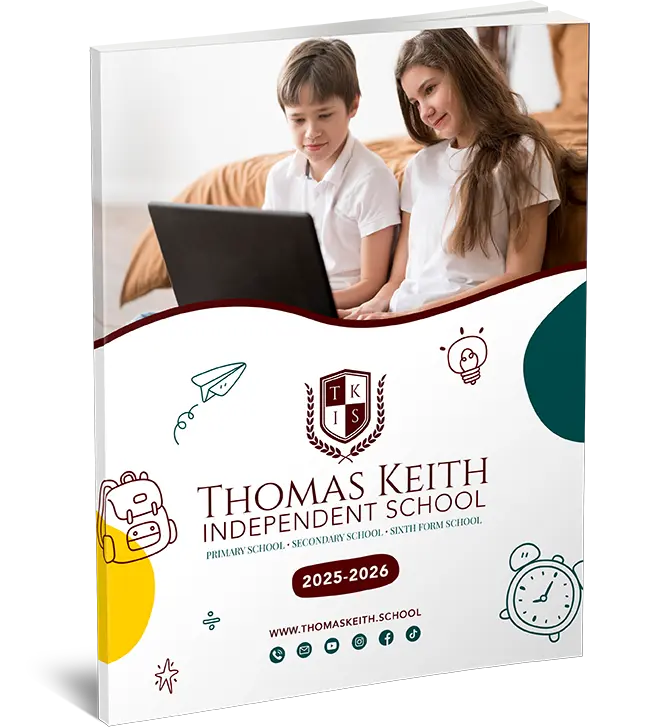Sentence Structures KS2
Sentence Structures KS2
Understanding sentence structure is essential for Key Stage 2 (KS2) students. It helps them write clear and engaging texts while improving their overall literacy. This guide outlines the main aspects of sentence structures in KS2, providing practical examples and a mention of Thomas Keith Online Independent School as a resourceful platform for online education.
Introduction to Sentence Structures in KS2
Sentence structure at KS2 involves teaching students how to form simple, compound, and complex sentences. These skills are built to enhance their writing and understanding of grammar. Students learn about:
- Subject, Verb, Object (SVO): The basic structure of English sentences.
- Using Conjunctions: To connect ideas and form compound and complex sentences.
- Punctuation: To clarify meaning and separate ideas.
Key Components of Sentence Structure
- Simple Sentences
These are straightforward and consist of one clause. Example:- “The dog ran fast.”
- Compound Sentences
These link two independent clauses using conjunctions such as “and,” “but,” or “so.” Example:- “The dog ran fast, and the cat climbed the tree.”
- Complex Sentences
These combine an independent clause with a dependent clause using subordinating conjunctions like “because,” “although,” or “when.” Example:- “The dog ran fast because it saw a squirrel.”
- Expanding Ideas with Descriptive Phrases
Adding adjectives, adverbs, or prepositional phrases to make sentences more vivid. Example:- “The dog ran quickly across the wide, grassy field.”
- Correct Use of Punctuation
Punctuation like commas, question marks, and exclamation marks helps in clarifying sentence meaning.
Practical Learning with Thomas Keith Online Independent School
Thomas Keith Online Independent School offers tailored lessons for KS2 students, including grammar and sentence structure. Their interactive resources help students:
- Identify sentence types.
- Practise forming SVO sentences.
- Use conjunctions effectively.
- Apply punctuation correctly.
The school provides structured activities, ensuring that KS2 learners gain confidence in their writing skills.
FAQs
Q1: What is the subject-verb-object structure?
A1: It is the basic sentence pattern in English, where the subject acts (verb) on an object. Example: “The boy (subject) kicked (verb) the ball (object).”
Q2: How can students practise sentence structures?
A2: Students can practise by writing simple sentences first, then expanding them using conjunctions and descriptive phrases.
Q3: How does Thomas Keith Online Independent School support KS2 sentence learning?
A3: The school provides interactive online resources, personalised lessons, and quizzes to help students master sentence structures.
Conclusion
KS2 sentence structures are vital for building strong writing skills. By learning simple, compound, and complex sentences, students improve their communication and academic performance. Resources like Thomas Keith Online Independent School make this learning process engaging and effective. With clear explanations and practical exercises, students can confidently use sentence structures in their writing.




